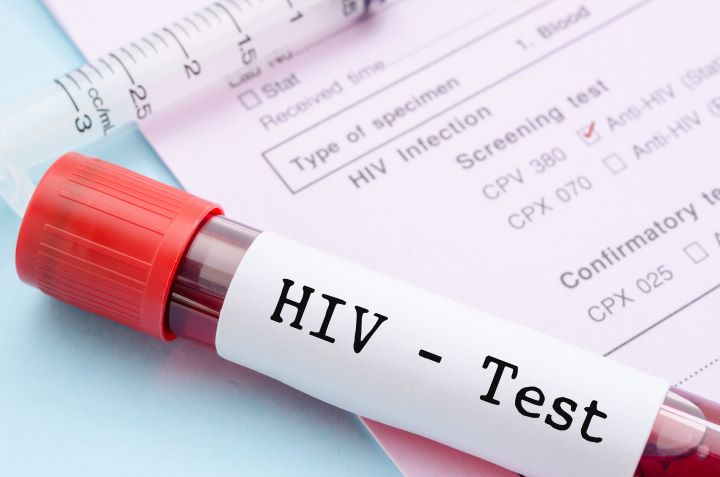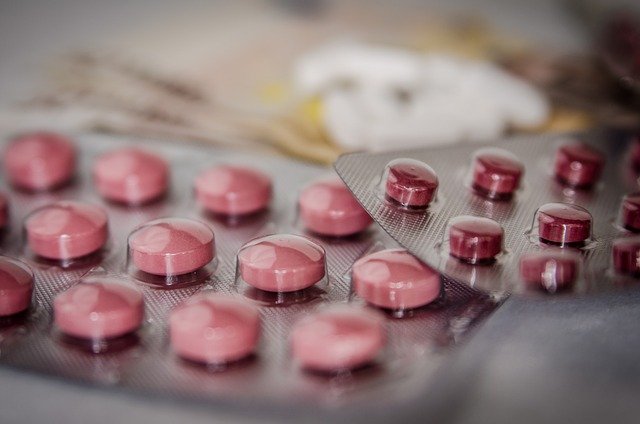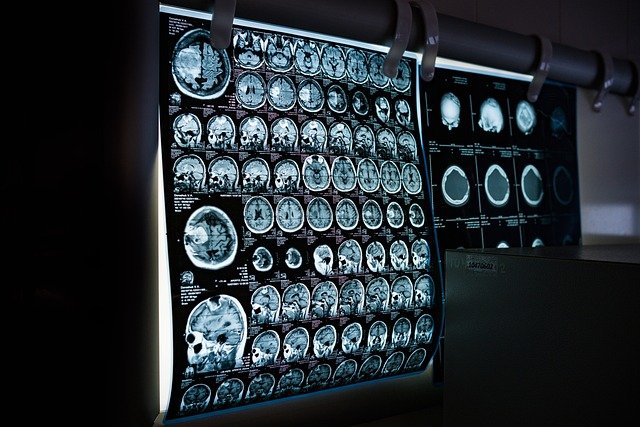Early HIV Symptoms: What To Watch For And When To Get Tested
HIV is a serious viral infection that can have significant health implications if left undetected and untreated. Understanding the early signs and importance of timely testing can be critical for managing personal health and preventing transmission. This comprehensive guide will explore the key symptoms, testing options, and crucial steps for early HIV detection.

What Are the Early Signs of HIV Infection?
Early HIV infection, often called acute HIV syndrome, typically occurs within 2-4 weeks after exposure. Common symptoms include:
-
Flu-like symptoms (fever, chills, body aches)
-
Swollen lymph nodes
-
Sore throat
-
Skin rash
-
Fatigue
-
Muscle aches
-
Severe headaches
It’s important to note that these symptoms can closely resemble other viral infections, and not everyone experiences them. Some individuals may be asymptomatic, making regular testing crucial.
How Soon After Exposure Should You Get Tested?
Testing timing depends on the type of test used:
-
Antibody Tests: 23-90 days after potential exposure
-
Antigen/Antibody Combination Tests: 18-45 days after exposure
-
RNA (Viral Load) Tests: 10-33 days after potential exposure
Healthcare professionals recommend getting tested as soon as possible after potential exposure to ensure accurate results and early intervention.
What Are the Different Types of HIV Tests Available?
Several testing methods are available:
-
Blood Tests
-
Standard antibody test
-
Fourth-generation combination test
-
Viral load test
-
-
Oral Swab Tests
-
Non-invasive
-
Quick results
-
Highly accurate
-
-
Rapid Tests
-
Results in 20-30 minutes
-
Available at clinics and community centers
-
Often free or low-cost
-
Why is Early HIV Detection Important?
Early detection provides multiple critical benefits:
-
Allows immediate medical intervention
-
Prevents progression to advanced stages
-
Reduces risk of transmission
-
Enables early treatment with antiretroviral therapy
-
Improves long-term health outcomes
-
Provides opportunities for partner notification and prevention
What Are the Costs and Options for HIV Testing?
| Provider | Test Type | Estimated Cost | Availability |
|---|---|---|---|
| Local Health Department | Antibody Test | Free - $50 | Widely Available |
| Community Clinics | Rapid Test | $0 - $75 | Urban Areas |
| Private Healthcare | Comprehensive HIV Panel | $100 - $250 | Nationwide |
| Online Testing Services | Home Test Kit | $40 - $150 | Nationwide |
Prices, rates, or cost estimates mentioned in this article are based on the latest available information but may change over time. Independent research is advised before making financial decisions.
Conclusion
Understanding HIV symptoms and testing options empowers individuals to take proactive steps in managing their health. Regular testing, awareness, and early detection remain the most effective strategies in addressing potential HIV exposure.
Disclaimer: This article is for informational purposes only and should not be considered medical advice. Please consult a qualified healthcare professional for personalized guidance and treatment.




